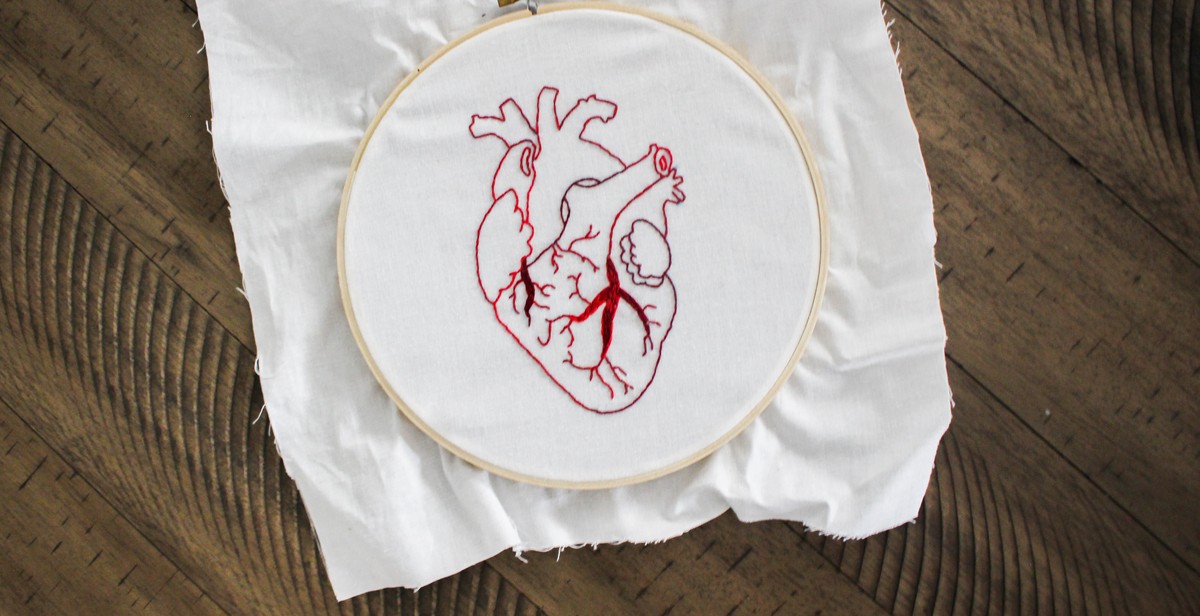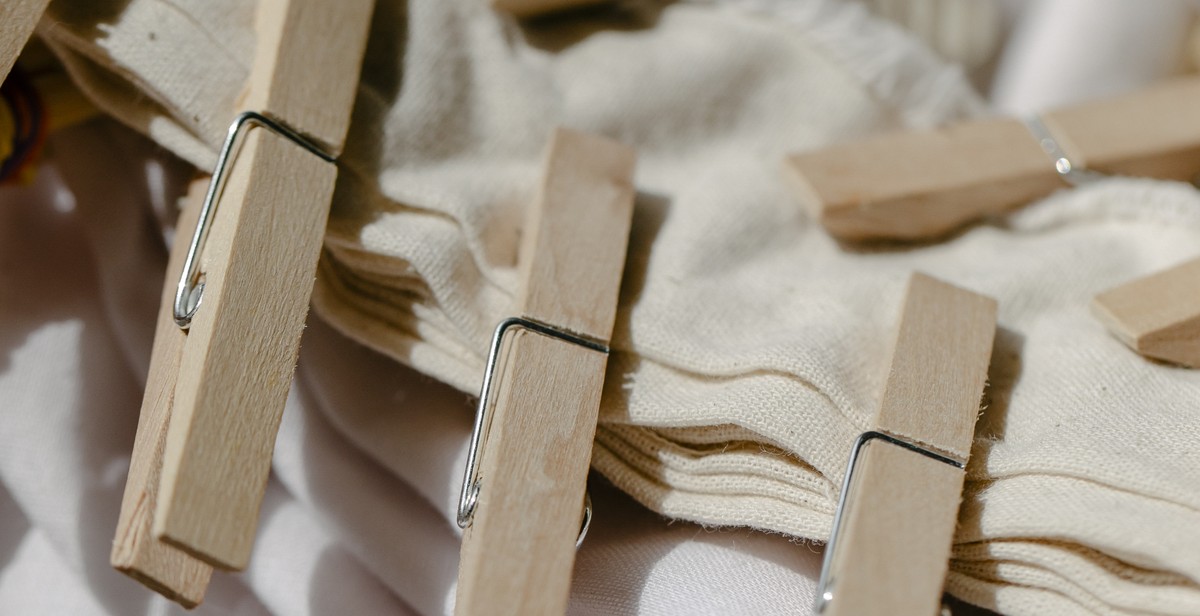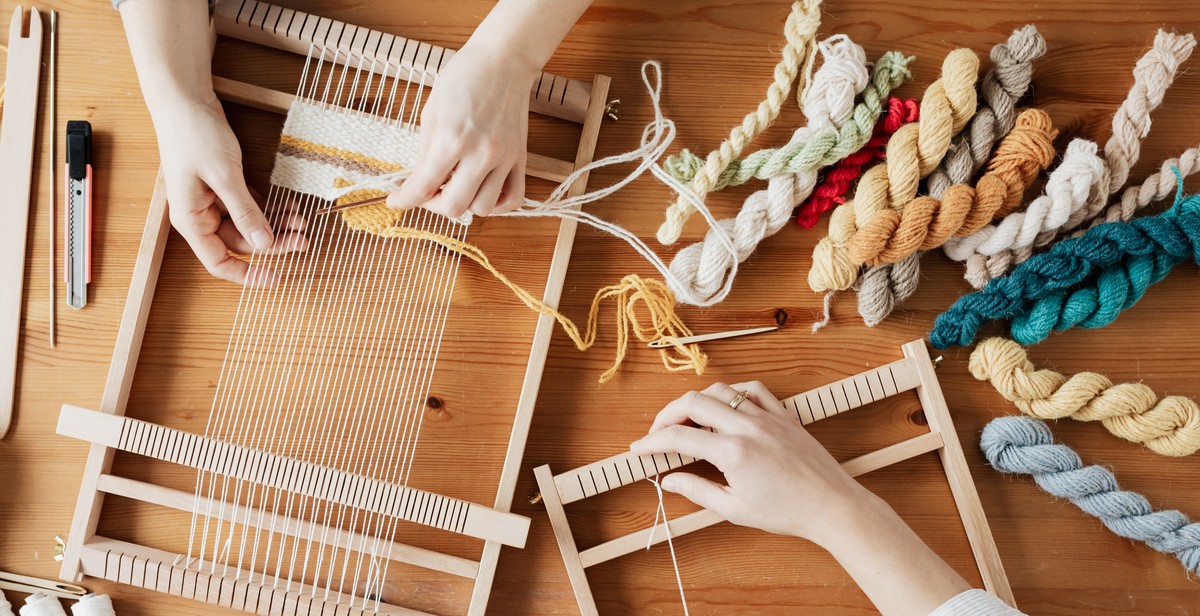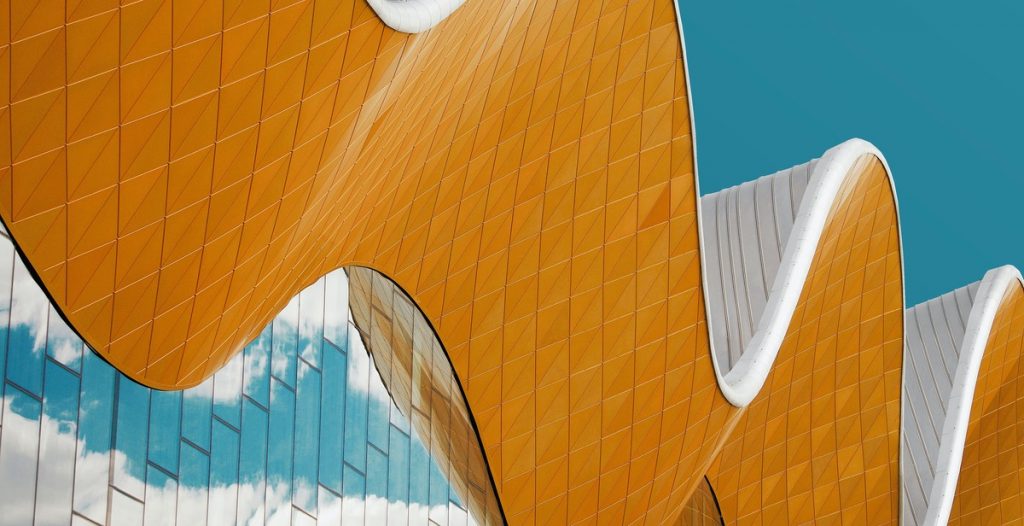Introduction
Filigree design is a type of intricate and delicate decorative work that involves twisting and bending fine wires of gold, silver or other precious metals into intricate patterns and shapes. It is a highly skilled craft that has been practiced for centuries and has been used in the creation of jewelry, metalwork, and architecture.
Defining Filigree Design
The term filigree is derived from the Latin word “filum” which means thread or wire. Filigree design is created by carefully shaping and manipulating thin metal wires into intricate patterns and shapes. The wires are then soldered together to create a delicate and intricate design. The result is a beautiful and intricate design that is both elegant and timeless.
Filigree design can be used to create a variety of different objects, including jewelry, decorative objects, and even furniture. It is a highly skilled craft that requires a great deal of patience, precision, and attention to detail.
In this article, we will explore the history of filigree design, the techniques used to create it, and the different types of objects that can be created using this intricate and beautiful craft.

History of Filigree Design
Filigree is an intricate metalworking technique that dates back to ancient times. The word “filigree” comes from the Latin word “filum,” which means “thread,” and “granum,” which means “grain.” Filigree is created by twisting and weaving fine threads of gold, silver, or other metals together to form delicate, lace-like patterns.
Origins and Development
The origins of filigree can be traced back to ancient Egypt and Mesopotamia, where it was used to decorate jewelry and other decorative objects. The technique was later adopted by the ancient Greeks and Romans, who used it to create intricate designs on armor, weapons, and decorative objects.
During the Middle Ages, filigree became popular in Europe, particularly in Spain and Italy. It was used to decorate religious objects, such as chalices and reliquaries, as well as jewelry and other decorative items.
In the 19th century, filigree became popular in the United States, particularly in the South. It was used to decorate silverware, jewelry, and other decorative items.
Filigree Design in Different Cultures
Filigree has been used in many different cultures throughout history. In India, it is known as “jali,” and is used to decorate temples and other religious buildings. In China, filigree is known as “tian-tsui,” and is used to decorate jewelry and other decorative items.
In South America, filigree is used to create intricate designs on silverware and other decorative objects. In Africa, filigree is used to decorate masks and other ceremonial objects.
- Overall, filigree is a versatile and timeless art form that has been used by cultures around the world for centuries.

Materials Used in Filigree Design
Filigree design is a delicate and intricate jewelry-making technique that involves twisting and weaving thin metal wires into intricate patterns. The materials used in filigree design are essential to create the unique and beautiful designs that are synonymous with the craft.
Metals
The most commonly used metals in filigree design are silver, gold, and platinum. These precious metals are perfect for creating filigree designs because they are malleable and can be easily shaped into intricate patterns. Silver is the most commonly used metal in filigree design because it is affordable and easy to work with. Gold and platinum are also popular choices, but they are more expensive.
Gemstones
Gemstones are often used to enhance filigree designs. They add color and texture to the intricate metalwork. The most commonly used gemstones in filigree design are diamonds, rubies, sapphires, and emeralds. These precious stones are set into the metalwork to create a stunning contrast between the metal and the gemstone.
Beads
Beads are also used in filigree design to add texture and color to the piece. Glass beads, seed beads, and pearls are commonly used in filigree designs. These beads are often woven into the metalwork to create a unique and beautiful design.
- Silver, gold, and platinum are the most commonly used metals in filigree design.
- Gemstones such as diamonds, rubies, sapphires, and emeralds are often used to enhance filigree designs.
- Beads such as glass beads, seed beads, and pearls are used to add texture and color to the piece.

Techniques Used in Filigree Design
Filigree is an intricate and delicate form of jewelry design that involves the use of fine wires and precious metals. The following are some of the techniques used in filigree design:
Wirework
Wirework is the foundation of filigree design. The thin and delicate wires are shaped into intricate patterns and designs using various tools such as pliers, wire cutters, and mandrels. The wires used in filigree design can be made of precious metals such as gold, silver, and platinum or non-precious metals such as copper and brass.
Soldering
Soldering is the process of joining two metal pieces together by melting a third metal, known as solder, between them. In filigree design, soldering is used to join the wirework together and create a sturdy and durable piece of jewelry. The solder used is typically made of the same metal as the wirework to ensure a seamless finish.
Twisting
Twisting is a technique used in filigree design to create intricate patterns and designs. The wires are twisted together to create a rope-like effect or to create a more complex pattern. This technique requires a skilled hand and a steady hand to ensure that the wires are twisted evenly and accurately.
Weaving
Weaving is another technique used in filigree design to create a delicate and intricate pattern. The wires are woven together, much like a basket weave, to create a unique and beautiful design. This technique requires a great deal of patience and attention to detail to ensure that the wires are woven together evenly and accurately.
In conclusion, filigree design is a complex and intricate art form that requires a great deal of skill and attention to detail. The use of wirework, soldering, twisting, and weaving are just some of the techniques used to create these beautiful and timeless pieces of jewelry.

Creating Filigree Designs
Creating filigree designs is a delicate and intricate process that requires precision and skill. To create a filigree design, you will need several tools and materials to get started.
Tools Required
- Thin wire
- Jewelry pliers
- Small beads
- Wire cutters
- Small mandrel or dowel
Step-by-Step Process
- Choose the wire you want to use for your filigree design. The wire should be thin and malleable.
- Using the mandrel or dowel, wrap the wire around it to create a coil.
- Using the pliers, shape the coil into the desired design. This can be a swirl, a flower, or any other shape you desire.
- Once the shape is formed, use the wire cutters to cut the excess wire off.
- Add small beads to the design by threading them onto the wire and securing them with a small loop.
- Continue adding coils and beads to the design until it is complete.
Creating filigree designs can be time-consuming, but the end result is a beautiful and intricate piece of jewelry or artwork. With practice and patience, anyone can master the art of filigree design.

Popular Filigree Design Styles
There are several popular filigree design styles that have been used throughout history. Here are three of the most popular:
Art Deco Filigree
Art Deco filigree designs were popular in the 1920s and 1930s. These designs are characterized by geometric shapes and bold, bright colors. Art Deco filigree often features intricate patterns and designs that are both elegant and modern.
Victorian Filigree
Victorian filigree designs were popular in the 19th century. These designs are characterized by intricate floral patterns and delicate, ornate details. Victorian filigree often features intricate metalwork and tiny gemstones that add a touch of luxury to the piece.
Contemporary Filigree
Contemporary filigree designs are modern takes on traditional filigree styles. These designs often feature bold, abstract shapes and unusual materials. Contemporary filigree pieces can be made from a variety of materials, including metal, wood, and even plastic.
Whether you prefer the ornate details of Victorian filigree or the bold, modern look of contemporary filigree, there is sure to be a filigree design style that suits your tastes.

Uses of Filigree Design
Filigree design has been used for centuries in various forms, including jewelry, home decor, and fashion. Here are some of the most common uses:
Jewelry
Filigree design is most commonly associated with jewelry, particularly in precious metals such as gold and silver. Filigree is used to create intricate patterns, adding a touch of elegance and sophistication to any piece. It is often used in engagement rings, wedding bands, necklaces, and earrings, and can be found in both vintage and modern jewelry designs.
Home Decor
Filigree design can also be found in home decor items such as lamps, candle holders, and picture frames. It adds a touch of glamour and luxury to any room, and can be used to create a vintage or antique look. Filigree can be found in both traditional and modern home decor designs, and is often used in combination with other decorative elements.
Fashion
Filigree design is also used in fashion, particularly in clothing and accessories. It can be found in embroidery, lace, and applique designs, and is often used in formal wear such as wedding dresses and evening gowns. Filigree can also be found in shoes, handbags, and other accessories, adding a touch of elegance and sophistication to any outfit.
Overall, filigree design is a versatile decorative element that can be used in a variety of contexts, from jewelry to home decor to fashion. Its intricate patterns and delicate details add a touch of luxury and sophistication to any design.
Conclusion
In conclusion, filigree is a delicate and intricate design that has been around for centuries. It is a popular technique used in jewelry making, metalworking, and even in architecture. The filigree design is created by twisting and bending fine wires of metal into intricate patterns and shapes.
It requires a great deal of skill and precision to create filigree designs, and it is often done by hand. The end result is a stunning piece of artwork that is both beautiful and intricate.
Whether you are looking to create your own filigree design or simply appreciate the beauty of this technique, it is important to understand how it is created and the history behind it. By learning about filigree, you can gain a greater appreciation for this ancient art form and the skill required to create it.
Benefits of Filigree Design
- Unique and intricate designs
- Can be used in a variety of applications
- Adds a touch of elegance and sophistication to any piece
- Can be customized to suit individual preferences
- Highly valued and sought after by collectors
Final Thoughts
Filigree is a beautiful and intricate art form that has stood the test of time. Whether you are a jewelry maker, metalworker, or simply someone who appreciates the beauty of fine craftsmanship, filigree is a technique that is worth exploring. By learning about the history and techniques behind this ancient art form, you can gain a greater appreciation for the skill and dedication required to create such stunning works of art.

